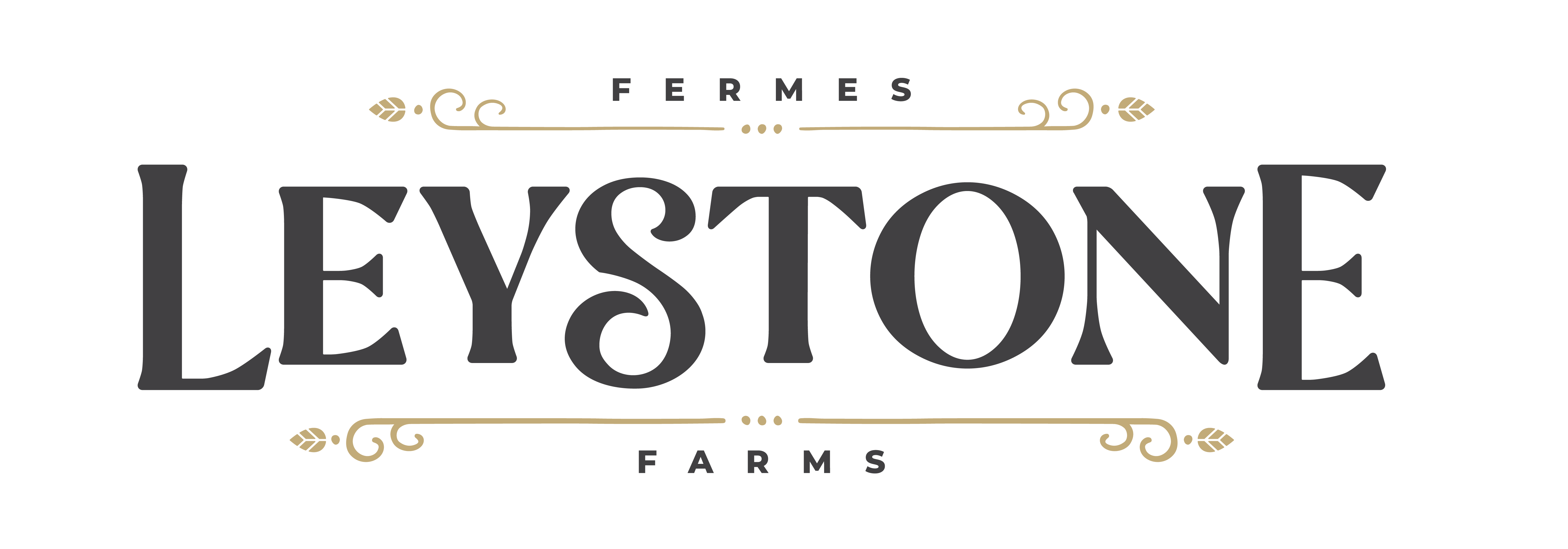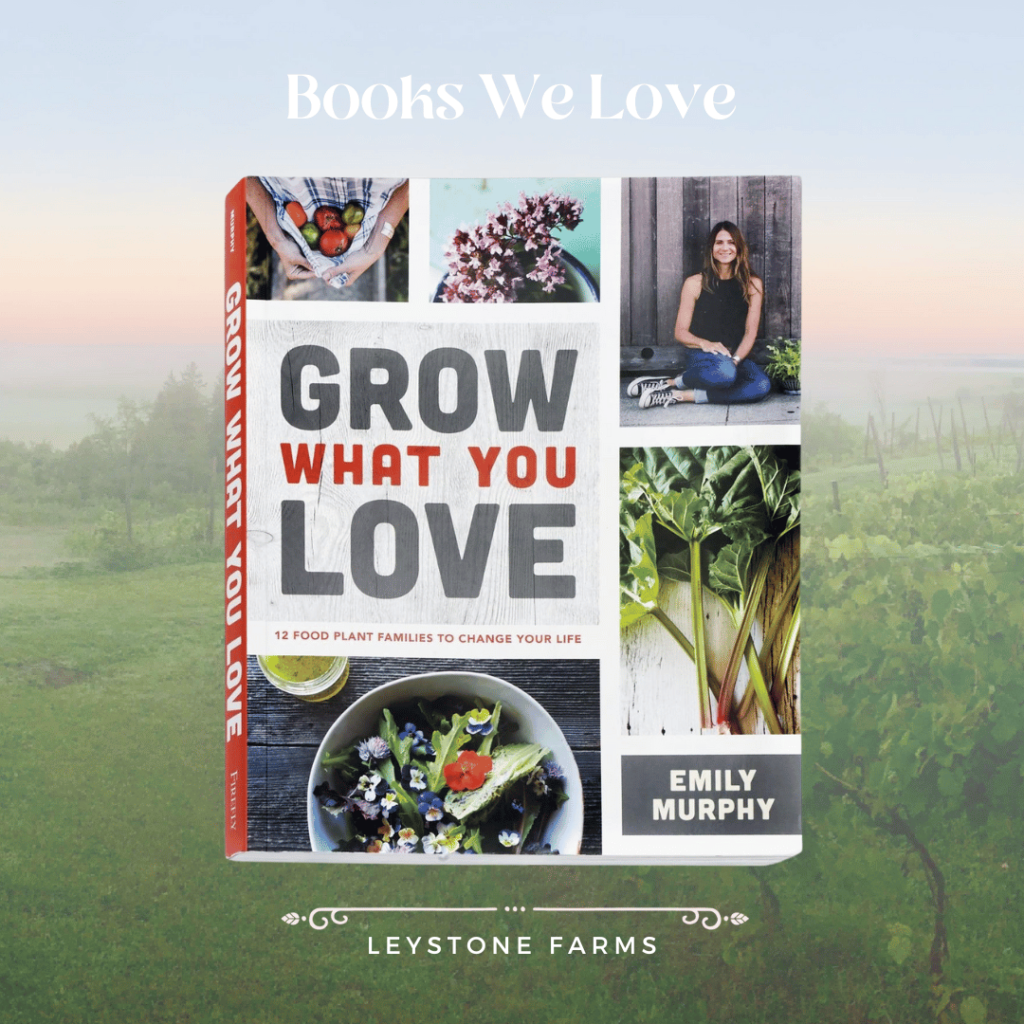We’d like to buy some eggs and maybe your house

It was the perfect Saturday afternoon: chores done and kids were happily entertaining themselves. Despite the cold grey February day, I was cozy indoors, listening to a book and knitting.

Hey Karri, you need to look at this.

I looked up to see a real estate listing on Trefor’s iPad. It had been many months since we’d talked about moving from our Ottawa home, but within minutes we were in the car and on our way to west Quebec.
We drove through stunning countryside, captivated by the vast, snow-covered Gatineau Hills and striking river valley. We took in the magnificent views and asked ourselves why we hadn’t spent more time in the Pontiac. We spotted the farm and drove back and forth a couple of times before seeing the “Fresh Eggs” sign – that was our opening! We pulled into the farm, took a deep breath, and changed our lives.
Tentatively, we knocked on the front door of a simple wooden bungalow. The door opened and I said, “Hi! We’d like to buy some eggs … and maybe your house.”
The man at the door burst out laughing. He told us they were out of eggs and the house wasn’t ready for viewing, but we were welcome to look around the property. We fell in love with it immediately. By Monday evening, they’d accepted our offer on what would become Fermes Leystone Farms: twenty-five acres of paradise at the edge of the Gatineau Hills, with 11,000 grapevines, a dozen chickens, a hay field, a pond, and some woods.

To many, our move in 2020 looked like a huge leap. Even our children thought it came out of nowhere.
For Trefor and me, the decision to move and start farming felt like the best, easiest, and most natural step we’d taken in our 30+ years together.
Admittedly, it also prompted a few questions.
What the heck do we do with a vineyard?
A lot of people dream of having a vineyard, but that wasn’t us. There was just something about this place that called us home. And so, we decided that we would nurture the land and the plants (including many, many grapevines) that were here.
While still in COVID lockdowns in Ottawa, we began meeting virtually with an agronomist to learn about what we had gotten into. Before long, we’d hired a couple of people we didn’t know, to do a job that we didn’t understand (spring pruning), on property that we didn’t yet own!
We’ve since learned from some of the best and poured ourselves into caring for these vines and nurturing this beautiful vineyard.
Chicken math: what’s that?
We bought a dozen laying hens and a single rooster, that we called Toothless, from the previous owners. The chickens were far more beautiful that we could have imagined and a lot of fun to interact with. It fascinated us too, that among our brown layers was one hen that laid stunning olive green eggs.
That got us looking into various breeds and different potential egg colours. And then, well, chicken math: “the curious and incomprehensible process by which a small flock of backyard chickens grows” significantly in a short period of time. On more than one occasion that first summer, Trefor would pop out to run errands and come with a couple (dozen!) new hens.
Today, we have a healthy flock of 17 breeds of laying hens that produce eggs that are brown, blue, green, pink, and some that are so dark they look like chocolate!

We’ll need sheep, right?
Long ago imaginings included the idea that maybe one day when the kids were grown and flown, we’d get a bit of land and some sheep. As a long-time knitter and proponent of natural, sustainable fibres, the idea of having my own flock was compelling. So now, with a bit of land (and kids still very much at home), sheep seemed the logical next step.
In preparation for our move, we’d also learned that some Canadian vineyards graze Southdown Babydoll sheep (also known as Olde English Southdowns), a diminutive, polled breed that looks like a lovely mix of an Ewok and a teddy bear and produces a fleece that has been compared to merino.
The day I became a sheep farmer
Thankfully, I’ve loved raising sheep from the very beginning. Their sweet faces, quirky personalities, and their luscious fibre make me happy. Our flock has now grown to 20 sheep, three alpacas, and their guardian llama, Loretta.
Coming home to Leystone has been a wonderful adventure. We’re regularly awed by the beauty of the landscape and the sky. We’re routinely knocked down by an unanticipated turn of events. And every day we’re grateful to be here with one another, with our family, and “all our relations” on this land.
A version of this essay, with more details on our sheep and wool beginnings, was published in Digits & Threads in January 2022.
Related Articles
Related
Reflections at Fall Equinox
When sharing the story of our initiation into farming, Trefor often mentions that "we were unencumbered by knowledge." And it's true. We jumped in with enthusiasm and purpose, but no direct experience and little more than a basic understanding of what we were getting...
Traditional Welsh Shearing Cake
Traditional Welsh Shearing CakeOne 8 inch cake - good for 6-9 peopleThis Traditional Welsh Shearing Cake combines our Welsh heritage with our current sheep raising. It's something we celebrate at Leystone to connect us to our roots and to the community.Traditional...
Wool Pellets Nourish Your Garden
In the intricate tapestry of gardening, your role extends beyond that of a mere planter. You're a nourisher, a guardian of growth, a curator of life. Each decision you make is a brushstroke on the canvas of your garden's potential.From analyzing potential threats to...






Oh my goodness, what a beautiful post! There are so many “vibes” we had in common at the same time when we found our dream here in Quebec. Thanks for sharing the details!
Thanks Elle! Isn’t it amazing to feel that alignment between what we’ve been yearning for and where we are. So thrilled that you and your family are on such a similar path. Looking forward to traveling it together.